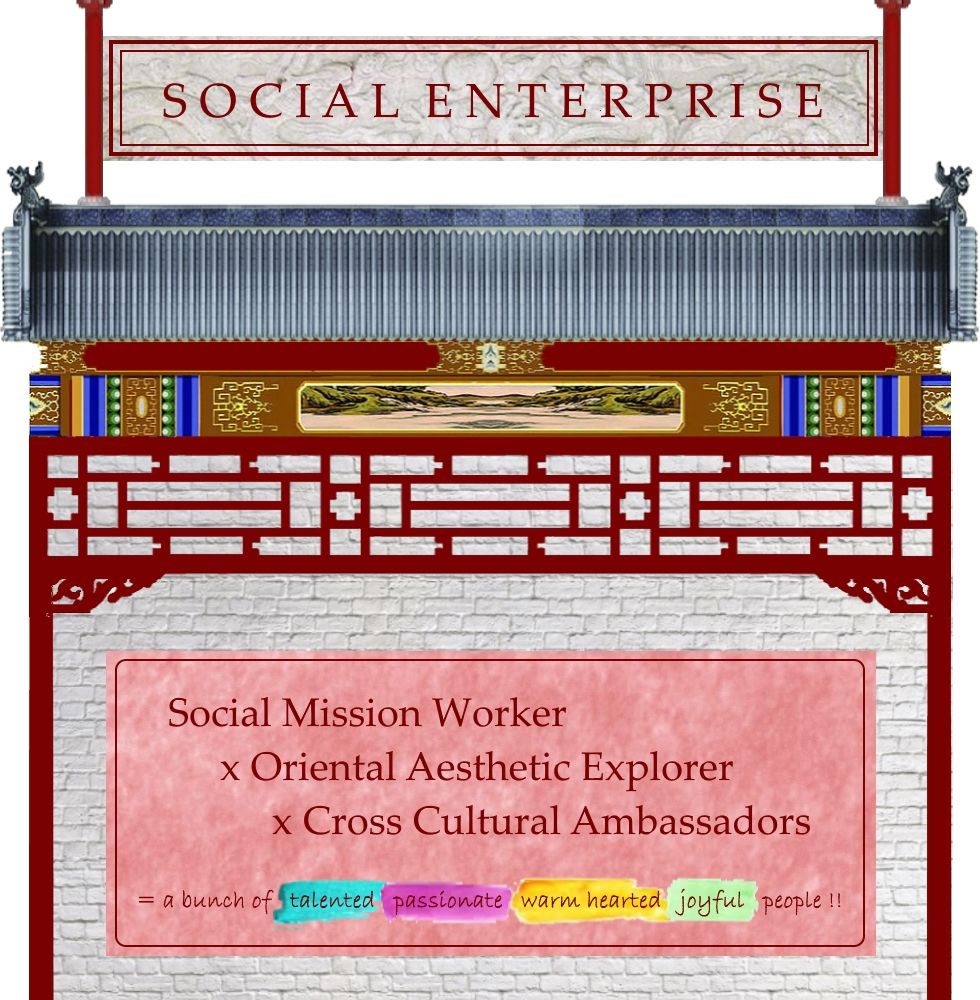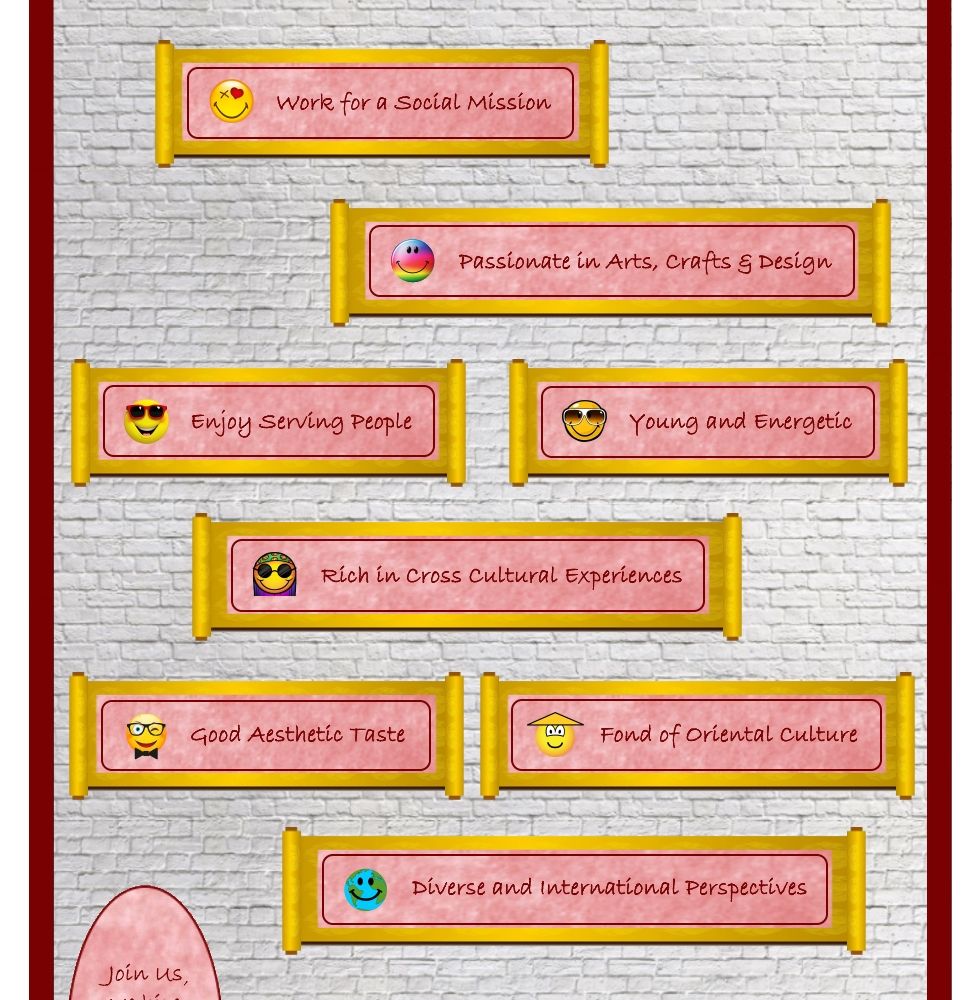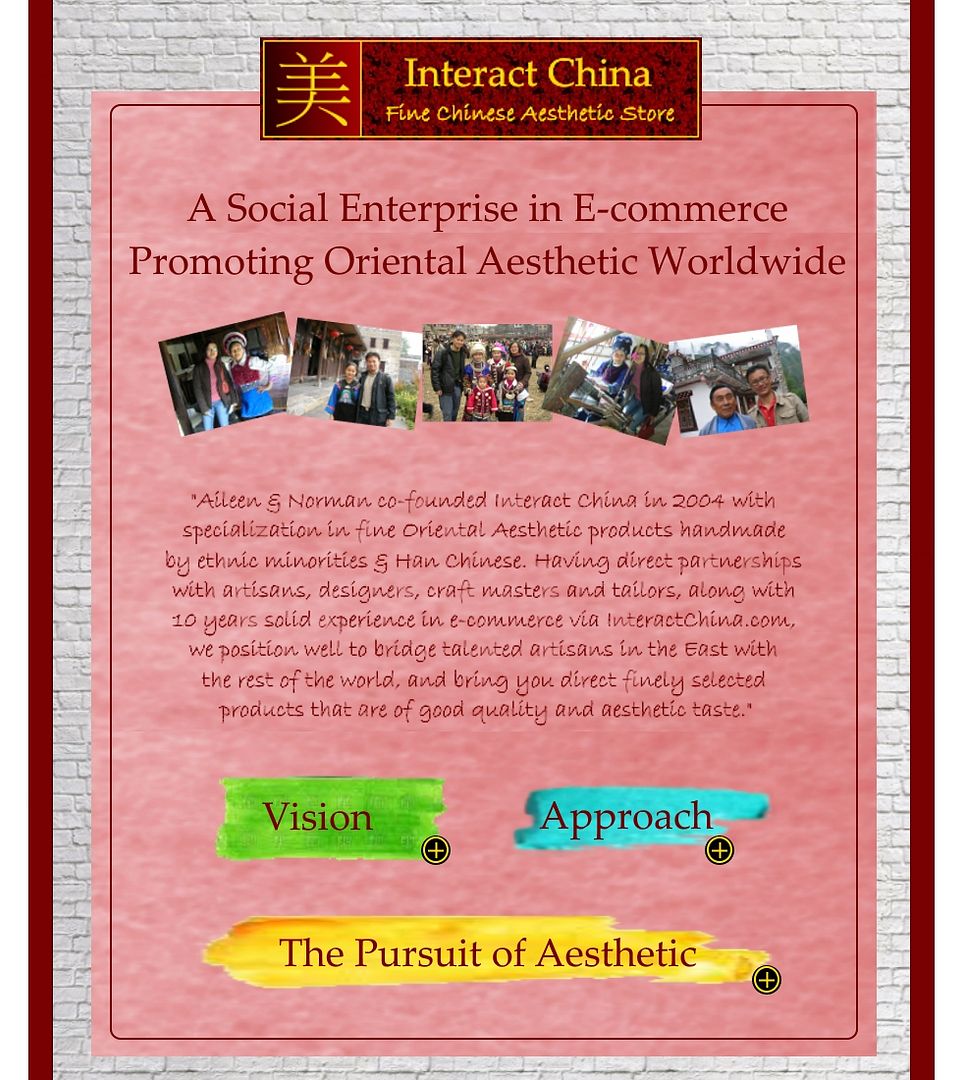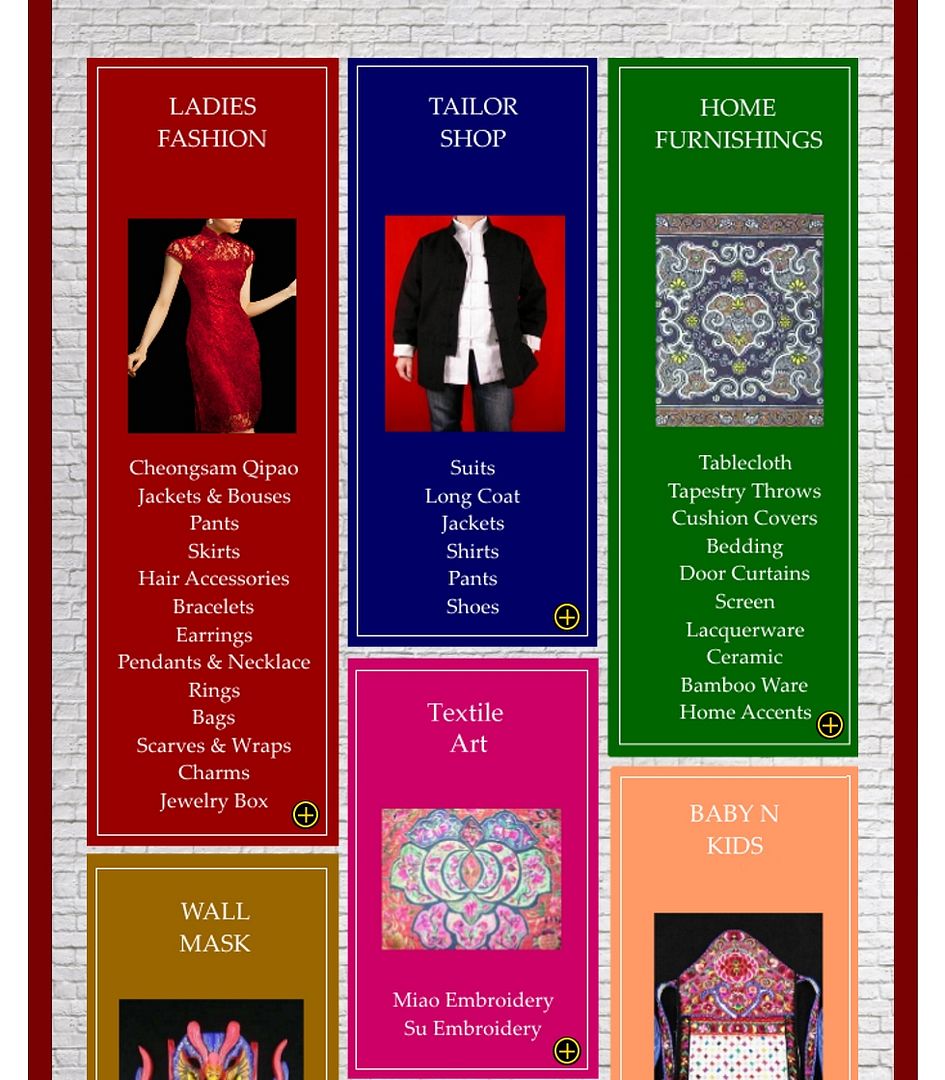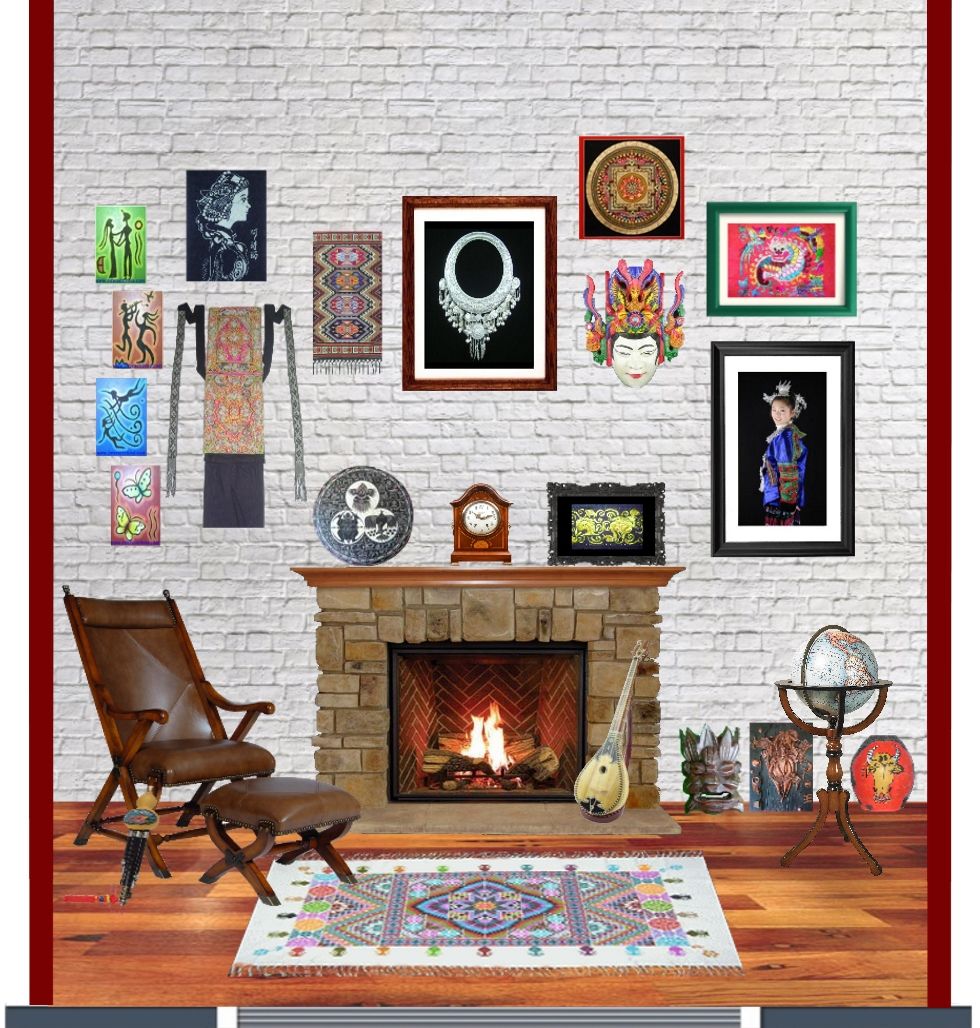The Blue and White Porcelain- A Pearl of the Porcelain World
9th Jun 2017
The Blue and White Porcelain, as its name suggests, is a form of pottery which features a white background embellished with a blue design. The Blue and White Porcelain, the treasure among Chinese porcelains, is characterized by refined and white quality, simple but elegant designs, bright colors, and rich pattern decoration. It also boasts artistic charms of Chinese Ink and Wash Painting, with both practical and ornamental functions, and suits both refined and popular tastes. Blue and White Porcelain bears very high value in terms of artistic appreciation, renowned both at home and abroad as “a pearl of the porcelain world”.
 |
Technique
Blue-white porcelain actually belongs to color-glazed porcelain and the coloring agent used is called cobalt oxide. First, using cobalt oxide, paint the unbaked mould, then apply a layer of translucent glaze over it and bake it at 1,300 degrees Celsius. The cobalt oxide will be reduced under the high temperature into a blue hue, which will be very bright and durable without poisonous lead. Each piece of monochrome-glazed porcelain has a single bright color with an exquisite design. A very good mastery of controlling temperature changes and content composition is required. Blue-white porcelain is renowned as the “ever-lasting blue flower.”
 |
History
The history of Blue and White porcelain in China can be traced back to the Tang Dynasty (618-907), but those were only very primitive blue and white products at that time.

Up to Yuan Dynasty (1271-1368), the manufacturing of Blue and White Porcelain went into maturity. Blue-white porcelain of the Yuan Dynasty is large, with thick roughcast. Generally, the works include big bottles, pots, bowls and plates, with the traditional flavor of the Tang (618-907) and Song (960-1279) dynasties. Due to the underdeveloped techniques, there are two interfaces on the body and several veins inside the body. The roughcast is not as smooth as that of the Ming (1368-1644) and Qing (1644-1911) dynasties and the glaze is thicker due to more iron in the raw glaze materials.
The Ming Dynasty (1368-1644) was reputed as the “Golden Age” of the Blue and White Porcelain production. The blue-white porcelain became increasingly popular, and since the 14th century, manufacturers have shipped blue-white porcelain to world markets.

The porcelain reached its peak in the Qing Dynasty (1644-1911). Its thin, translucent quality and exotic motifs made it very valuable throughout Europe and the colonies, ranking first among blue-white porcelain nationwide.
In the 17th century, blue and white porcelain became popular in Europe, and pottery manufacturers began large-scale efforts to produce pieces that closely resembled Chinese ware. However, these manufacturers lacked both the raw materials — namely kaolin clay — as well as the technical knowledge necessary to reproduce the Chinese style exactly. Consequently, they devised a new production technique which suited their resources and abilities. Their pieces featured stamped or stenciled rather than hand-painted designs, and utilized an opaque white glaze to hide the dark hue of European clay. Some European manufacturers of blue and white ware, particularly those in the Delft region of the Netherlands as well as parts of England, achieved a widespread popularity which continues into the 21st century.
Home of the Blue and White Porcelain, Jingdezhen
The major producer of blue-white porcelain is Jingdezhen, Jiangxi province of China. Since Song (960-1279) and Yuan (1271-1368) Dynasties, Jingdezhen had become the main producing area of Blue and White Porcelains.

In 1979 Jingdezhen blue-white porcelain won a national golden prize and in 1985 it was honored with three gold medals at international fairs held in Leipzig, Brno, etc. Since then, the name “Jingdezhen Blue-white Porcelain” has spread far and wide. By far, it is a top product in the porcelain business, boasting the most prizes and highest standards.
The Blue and White Porcelain of unparalleled elegancy has not only been the rare curios appreciated by the nobility, high officials, scholars and the wealthy, but also has been the “emissary” of cultural exchanges between China and foreign countries. Since the 18th Century, China’s Blue and White Porcelain has been introduced to North-East Asia, South-East Asia, Mid-Asia, Europe and West Africa either through the sea or the Silk Road, and has become the art treasure shared and appreciated by the world. As time goes by, the collection value of Blue and White Porcelain is attracting more and more attention.
by Xiao Xiao xiaoxiao@interactchina.com
About Interact China
-----------------------------------------------------------------------------------------------------------------------------
"A Social Enterprise in E-commerce Promoting Oriental Aesthetic Worldwide"
Aileen & Norman co-founded Interact China in 2004 with specialization in fine Oriental Aesthetic products handmade by ethnic minorities & Han Chinese. Having direct partnerships with artisans, designers, craft masters and tailors, along with 10 years solid experience in e-commerce via InteractChina.com, we position well to bridge talented artisans in the East with the rest of the world, and bring you direct finely selected products that are of good quality and aesthetic taste.
So far we carry 2000+ goods covering Ladies Fashion, Tailor Shop, Home Furnishings, Babies & Kids, Painting Arts, Textile Arts, Carving Arts, Tribal Jewelry Art, Wall Masks and Musical Instruments. Our team speak English, French, German, Spanish and Italian, and serve customers worldwide with passion and hearts.
-----------------------------------------------------------------------------------------------------------------------------
P.S. We Need People with Similar Passion to Join Our Blogging Team!
If you have passion to write about Oriental Aesthetic in Fashion, Home Decor, Art & Crafts, Culture, Music, Books, and Charity, please contact us at bloggers@interactchina.com, we would love to hear from you!











